When it comes to cycling, comfort is key. Whether you’re a commuter, a weekend warrior, or a competitive rider, the quality of your ride often depends on the gear you’re using. Among the many upgrades available to cyclists, shock absorption handlebars have gained popularity for their ability to enhance the overall riding experience. These handlebars are designed to reduce the impact of road vibrations and bumps, providing a smoother and more comfortable ride. In this blog post, we’ll explore how shock absorption handlebars, like the integrated carbon drop handlebar with stem DHB500 from Trifox, can improve your cycling experience.
1. Reduced Fatigue from Vibration
One of the most noticeable benefits of shock absorption handlebars is their ability to reduce the amount of vibration transmitted from the road to your hands, arms, and shoulders. Traditional handlebars, especially on rigid frames or road bikes, can transfer a lot of shock from rough roads or gravel surfaces directly to the rider. Over time, this can lead to hand numbness, arm fatigue, and overall discomfort.
Shock absorption handlebars, such as the DHB500, are engineered with materials like carbon fiber that help dampen these vibrations. Carbon fiber’s natural flexibility allows it to absorb much of the harsh impacts, significantly reducing the stress on your body. This results in less fatigue during long rides and a more pleasant experience, even on bumpy terrain.
2. Increased Comfort and Control
In addition to absorbing vibrations, shock-absorbing handlebars can enhance your overall comfort and control on the bike. With reduced hand strain and arm fatigue, you’ll be able to maintain a firmer grip on the handlebars for longer periods. This leads to improved control over your bike, especially in technical riding conditions or while navigating tight turns.
The DHB500 handlebars, with their integrated stem design, offer a sleek, aerodynamic setup that also provides a more natural riding position. The ergonomic design supports a better body posture, allowing you to ride for hours without experiencing the discomfort that typically comes from prolonged pressure on your hands and wrists.
3. Enhanced Durability and Longevity
When it comes to cycling components, durability is essential. Shock absorption handlebars are typically constructed from high-quality materials like carbon fiber, which not only provides shock absorption but also contributes to the overall strength and longevity of the handlebars. The DHB500 handlebars, for example, feature an integrated stem that reduces the number of joints and potential weak points in the system. This results in a more robust setup that is less prone to wear and tear.
Additionally, the reduction in road vibrations can help preserve the longevity of other components on your bike, including your wheels and fork. Less shock transfer means your bike’s parts will experience less stress, leading to fewer repairs and a longer lifespan for your bike.
4. Sleek, Modern Aesthetic
Apart from their performance benefits, shock absorption handlebars like the DHB500 can also contribute to a bike’s overall aesthetic. With their sleek, integrated design, they not only offer superior functionality but also add to the modern, streamlined look of your bike. This is especially appealing for riders who appreciate both form and function.
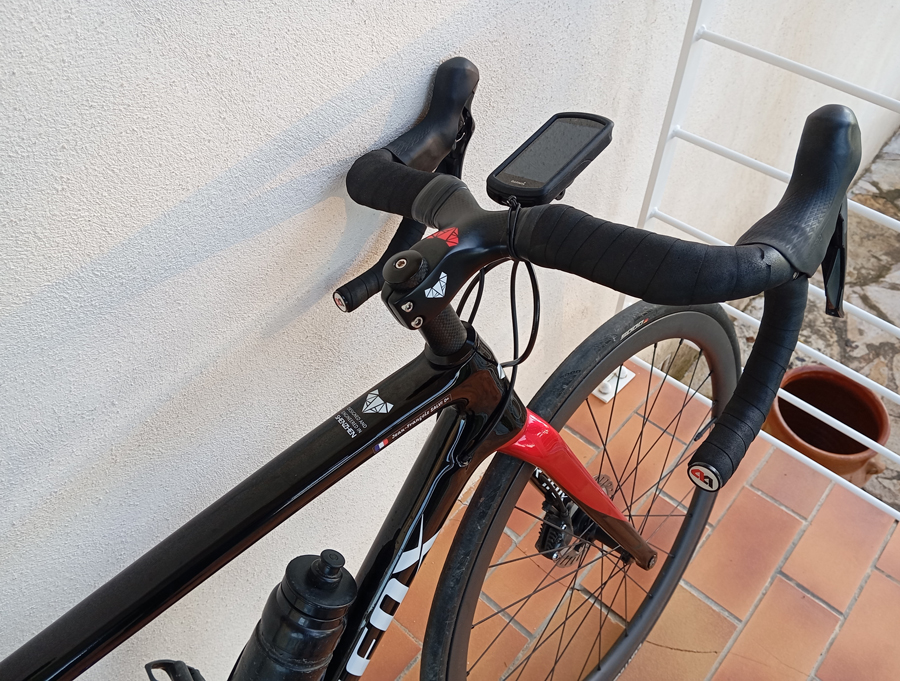
Shock absorption handlebars like the Trifox DHB500 are a game-changer for cyclists who want to improve their ride quality, comfort, and control. By reducing vibrations, increasing comfort, and enhancing durability, these handlebars allow you to ride longer and with greater ease. Whether you're tackling rough roads or just looking for a more enjoyable commute, shock absorption handlebars can make a noticeable difference in your cycling experience.


When it comes to mountain biking, especially for trail riders, choosing the right bike can make a world of difference. One of the most debated decisions among cyclists is whether to opt for a dual suspension bike or stick with a hardtail. Dual suspension bikes, which feature both front and rear shocks, are known for their ability to absorb impacts and provide a smoother ride on rough terrain. However, they come with a higher price tag and more maintenance. So, are dual suspension bikes really worth the investment for trail riders? Let’s break it down.
1. Superior Comfort on Rough Terrain
One of the most obvious advantages of dual suspension bikes is the comfort they provide. Trail riding often involves navigating rocky paths, bumpy trails, and obstacles that can create significant jolts and impacts. Hardtail bikes, which only have a suspension fork at the front, can transfer a lot of that shock directly to the rider, leading to discomfort, fatigue, and a less enjoyable ride.
Dual suspension bikes, like the Trifox Pioneer Bike, are equipped with both front and rear shocks that work together to absorb impact. This creates a much smoother ride, allowing you to handle rough terrain with greater ease. The rear suspension helps to absorb shocks from bumps and drops, making the ride more comfortable and reducing the risk of injury from jarring impacts. For trail riders who often encounter technical terrain or prefer longer rides, the added comfort of dual suspension can be a game-changer.
2. Better Control and Handling
Dual suspension bikes also offer superior control and handling compared to hardtails, especially on downhill and technical sections of the trail. The rear suspension helps to keep the rear wheel planted on the ground, improving traction and stability. This is particularly important when navigating loose gravel, wet conditions, or steep descents, where maintaining control is crucial.
The Trifox Pioneer Bike is designed with a robust dual suspension system that enhances handling, even in challenging conditions. The bike’s front and rear shocks work in unison to maintain tire contact with the ground, providing more consistent traction and allowing you to tackle technical sections with confidence. Whether you’re navigating tight switchbacks or blasting down a rocky descent, the improved stability and control that come with dual suspension can make a noticeable difference in your performance.
3. Reduced Fatigue on Long Rides
Riding on rough terrain can be exhausting, particularly on long rides. The constant jarring and bouncing of a hardtail bike can take a toll on your body, leading to fatigue and discomfort. On the other hand, dual suspension bikes reduce the impact forces that travel through your body, making the ride less taxing. This is especially beneficial for trail riders who enjoy longer rides or multi-day adventures.
The Trifox Pioneer Bike offers excellent suspension performance that helps reduce the strain on your arms, legs, and back. With the rear suspension absorbing much of the shock, riders can focus on the ride itself rather than worrying about fatigue or discomfort. If you’re planning on tackling challenging trails or going for long-distance rides, the added comfort and reduced fatigue provided by dual suspension will allow you to ride longer and harder without burning out.
4. Increased Safety and Confidence
A well-designed dual suspension system can also increase your safety on the trails. By providing better traction, stability, and control, these bikes help riders stay in control during high-speed descents, technical maneuvers, and challenging terrain. When you’re riding on a bike that feels stable and secure, you’re more likely to take on challenging obstacles with confidence.
The Trifox Pioneer Bike is equipped with advanced suspension technology that enhances both safety and performance. Whether you’re descending a steep hill or negotiating an uneven rock garden, the bike’s suspension keeps you in control and minimizes the risk of losing traction or control. This makes dual suspension bikes an excellent choice for riders who enjoy pushing their limits and tackling more advanced trail features.
5. The Cost vs. Benefits Debate
Of course, dual suspension bikes come with a higher price tag compared to hardtails. The additional cost is typically due to the more complex suspension systems, higher-quality components, and additional maintenance required. For some riders, especially those just starting out or those who primarily ride smooth trails, a hardtail might offer all the performance they need at a more affordable price.
However, for serious trail riders who often ride on rough, technical trails, the benefits of a dual suspension bike are hard to ignore. The increased comfort, better control, and reduced fatigue make the higher investment well worth it for riders who want to maximize their performance and enjoy a smoother, more enjoyable ride.
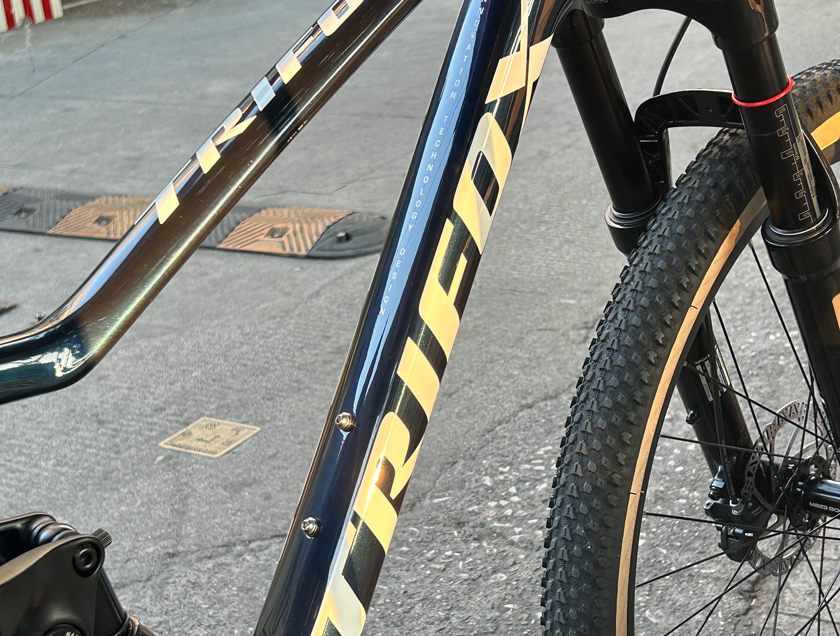
So, are dual suspension bikes really worth the investment for trail riders? The answer largely depends on the type of riding you do and your priorities as a cyclist. If you regularly ride on rough, technical terrain or enjoy long-distance trail rides, a dual suspension bike like the Trifox Pioneer Bike can significantly improve your ride quality, comfort, and performance. While they do come with a higher price tag, the added benefits of better control, reduced fatigue, and increased safety make them an excellent choice for serious trail riders who want to take their biking experience to the next level.
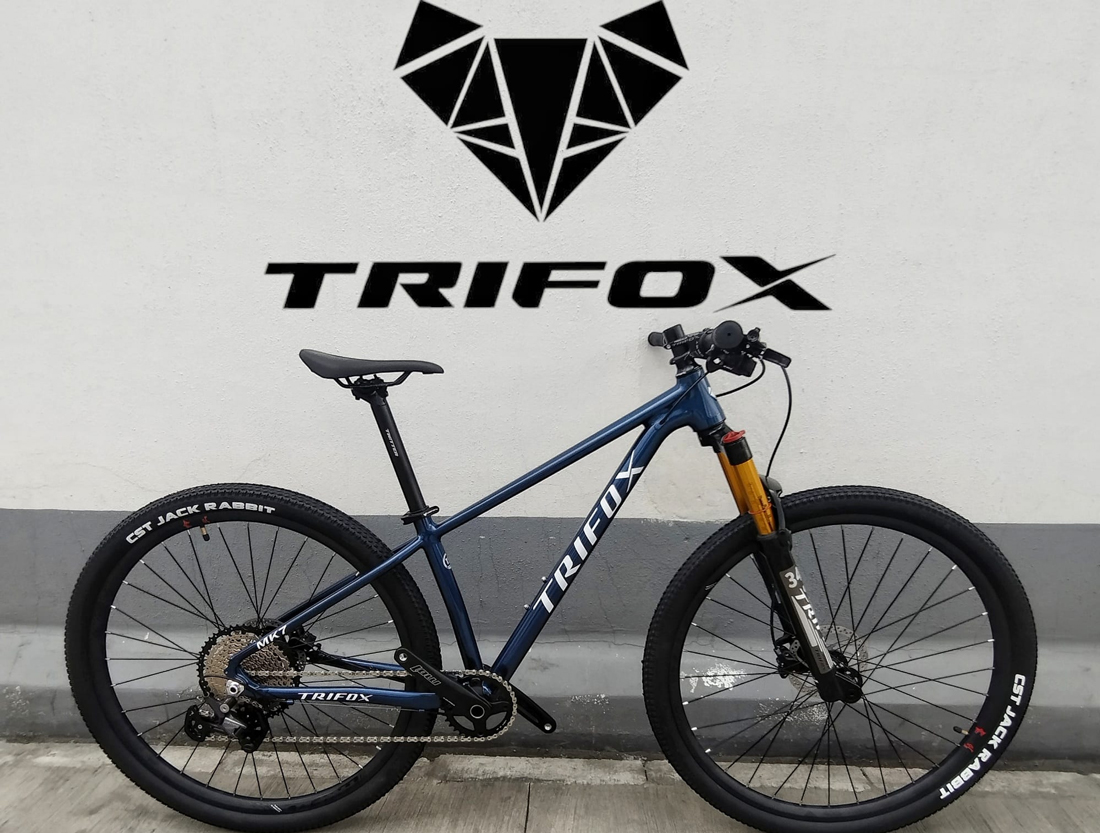
When it comes to mountain biking, durability is just as important as speed, agility, and comfort. One aspect of durability that often gets overlooked is the frame’s deformation resistance. Deformation resistance refers to a bike’s ability to withstand stress, pressure, and impact without losing its shape or structural integrity. For serious riders, especially those tackling rugged terrain or high-intensity trails, a higher deformation resistance bike is essential. But why exactly does this matter for riders?
1. Increased Durability and Longevity
The primary benefit of a bike with higher deformation resistance is enhanced durability. Mountain bikes are put through a lot of stress, whether it’s from rough trails, jumps, or technical sections. Frames that lack sufficient deformation resistance are more likely to bend, crack, or break under pressure. This compromises the bike’s performance and can lead to costly repairs or the need for a full replacement.
The Trifox Aluminum Mountain PeakTrail Xtreme MK7 Bike is a great example of a bike designed with higher deformation resistance. Its frame is made from premium aluminum alloy, a material known for its strength and ability to withstand heavy loads. Aluminum can handle significant stress without permanently deforming, making it an excellent choice for riders who regularly push their bikes to the limit. For mountain bikers who enjoy aggressive riding, this added resistance ensures that the frame remains intact, ride after ride.
2. Improved Safety on the Trail
A frame with higher deformation resistance is not only about performance; it’s also about safety. When a bike frame deforms or weakens over time, it can compromise the overall stability and safety of the bike. For example, a bent or cracked frame may affect your bike’s handling, making it more difficult to control, especially during fast descents or sharp turns. In extreme cases, a damaged frame could lead to a failure, which is dangerous for the rider.
With a bike like the Trifox MK7, which features superior deformation resistance, riders can feel confident knowing that their bike can handle rough terrain without compromising their safety. The sturdy frame is built to absorb impacts and resist deformation, ensuring that the rider stays in control, even in the most demanding conditions.
3. Better Performance on Rugged Terrain
Mountain biking often involves riding over rocks, roots, and uneven surfaces that put a significant amount of pressure on the frame. A bike with low deformation resistance can struggle to maintain performance on these types of trails. Over time, constant impacts and stresses can cause the frame to warp, reducing the bike’s overall efficiency and handling.
A bike like the Trifox Aluminum Mountain PeakTrail Xtreme MK7 is designed to handle these kinds of challenges. With its high deformation resistance, the frame stays true to its form, allowing for better handling and control on rugged trails. Whether you’re navigating rocky terrain, jumping over obstacles, or riding through muddy paths, the bike’s frame integrity ensures a smooth, stable ride.
4. Maintaining Frame Geometry
Frame geometry is crucial to a bike’s overall handling and performance. If the frame starts to deform under stress, it can alter the bike’s geometry, negatively affecting the way it rides. For example, the angles of the head tube, seat tube, and bottom bracket can shift, leading to changes in how the bike handles turns, descents, and climbs. This is especially problematic for riders who demand precision and control, whether they’re racing or navigating technical trails.
A bike with higher deformation resistance, like the Trifox MK7, maintains its frame geometry even after continuous stress. This ensures that the bike continues to handle as designed, providing a consistent and reliable ride throughout its lifespan. For serious riders, maintaining the bike’s geometry is crucial for peak performance.
5. Cost-Effective in the Long Run
While bikes with higher deformation resistance may cost more upfront, they are often more cost-effective in the long term. The durability of the frame means that riders won’t need to replace their bike as often due to damage or wear and tear. This can save a significant amount of money on repairs, replacements, and maintenance over time.
The Trifox Aluminum Mountain PeakTrail Xtreme MK7 is an investment that offers long-term value. The frame's resistance to deformation ensures that it holds up over countless rides, maintaining both its structural integrity and performance. For riders who put their bikes through tough conditions, this durability can be well worth the price.
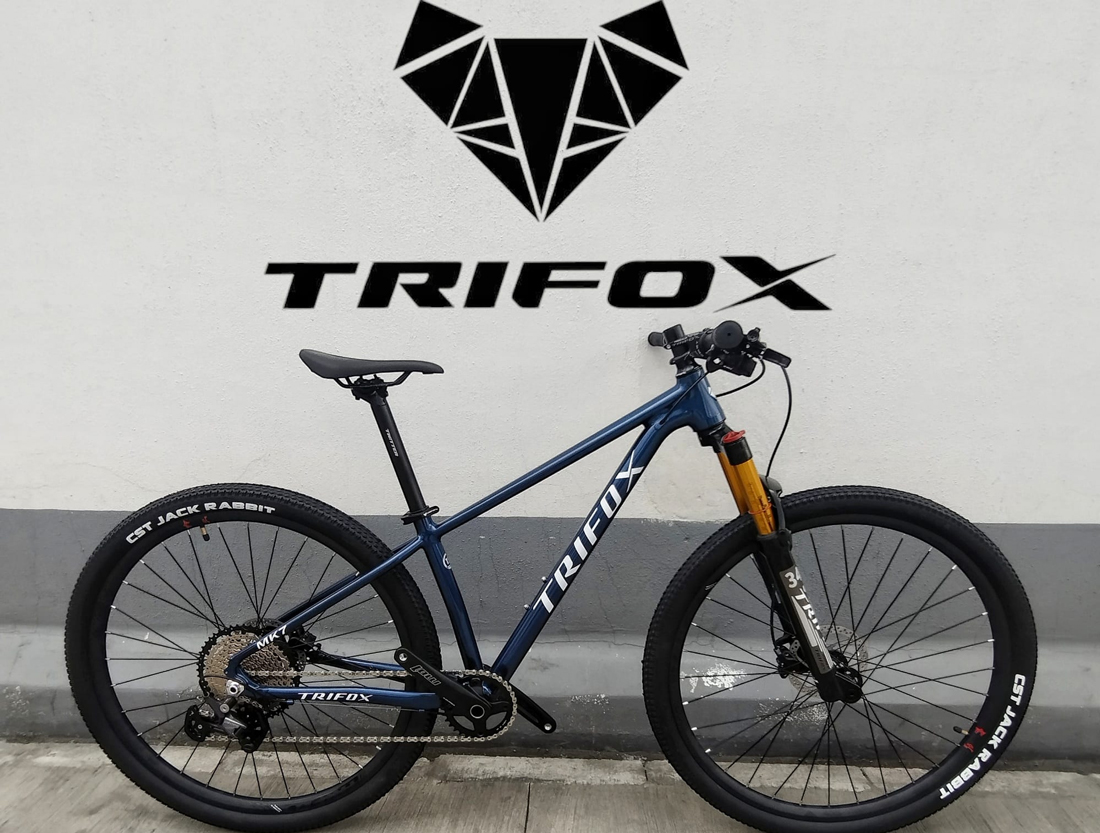
A higher deformation resistance bike is essential for serious riders who demand durability, safety, and performance. Bikes like the Trifox Aluminum Mountain PeakTrail Xtreme MK7 are designed to withstand the stresses of aggressive riding, ensuring a long lifespan, stable handling, and consistent performance.
Whether you're tackling rugged trails or navigating challenging terrain, a bike with superior deformation resistance will give you the confidence and reliability you need for a safe and enjoyable ride. For any rider serious about pushing their limits, investing in a bike with high deformation resistance is a smart choice that will pay off in the long run.
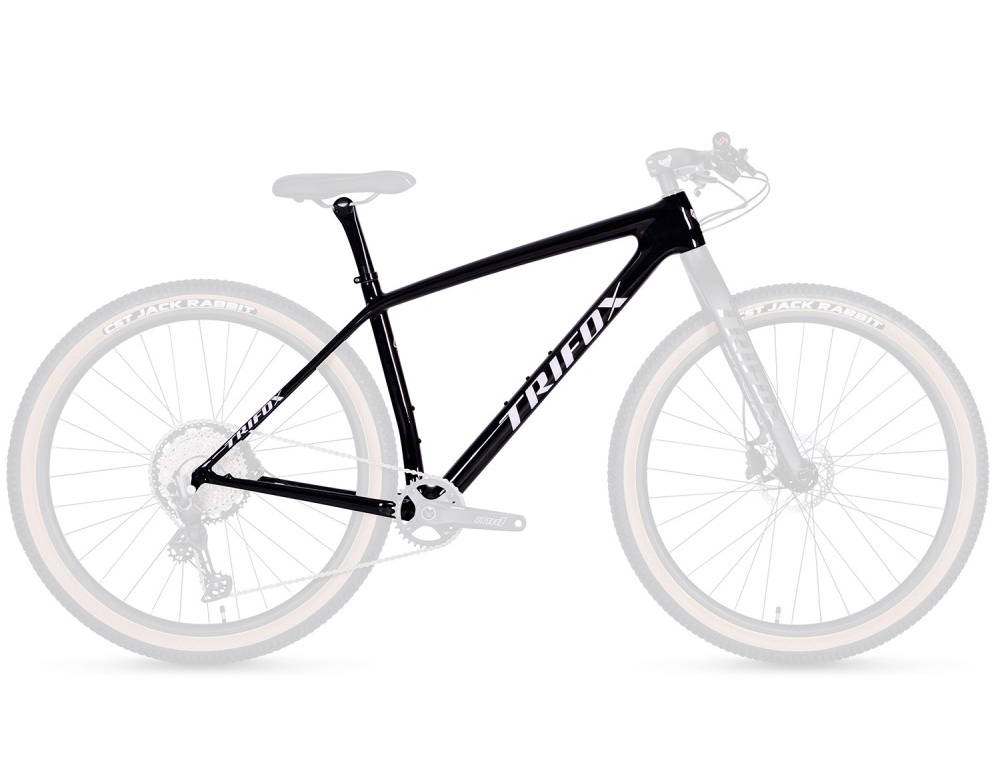
For serious cyclists, every component of the bike matters. From tires to suspension, each part plays a critical role in performance. Among the many features that can enhance a cyclist’s experience, the frame stands out as one of the most important. Ultra-light frames, particularly those made from advanced materials like carbon fiber, have gained popularity in recent years for a reason: they significantly improve overall ride performance. But what exactly makes ultra-light frames the ultimate choice for serious cyclists?
1. Increased Speed and Acceleration
One of the most immediate benefits of an ultra-light frame is the improvement in speed and acceleration. Cyclists know that lighter bikes are easier to handle and more responsive, especially when climbing steep hills or sprinting on flat terrain. The less weight you need to move, the faster and more efficiently your bike will perform.
The Trifox Lightweight Carbon MTB Hardtail Frame BOOST SDY20 is a perfect example of a frame that prioritizes lightness without sacrificing strength or durability. Its carbon fiber construction provides an impressive reduction in weight compared to traditional aluminum or steel frames. For serious cyclists, this means quicker acceleration out of turns, less effort when pedaling uphill, and an overall increase in riding speed.
2. Improved Handling and Maneuverability
Ultra-light frames also significantly enhance a bike’s handling and maneuverability. A lighter frame allows for quicker changes in direction and better control, which is particularly useful for mountain bikers who tackle technical trails, sharp corners, and obstacles. The less weight you have to manage, the more responsive your bike becomes, making it easier to navigate tight spots and maintain stability on rough terrain.
The Trifox SDY20 frame, built with advanced carbon fiber layup techniques, ensures that despite its light weight, the frame remains stiff and responsive. This means that cyclists can enjoy the agility of a lightweight bike without sacrificing the solid, secure feel needed for high-performance riding.
3. Enhanced Comfort for Long Rides
While light frames are often associated with speed, they also contribute to increased comfort, especially on long rides. Lightweight materials like carbon fiber absorb road vibrations more effectively than heavier metals like aluminum or steel. This results in a smoother, more comfortable ride, reducing fatigue on rougher terrain and ensuring that you can ride longer distances without discomfort.
The Trifox Lightweight Carbon MTB Frame is engineered with this in mind. Carbon fiber’s natural vibration-damping properties help absorb shocks from the trail, ensuring that even during long mountain biking adventures, your body experiences less strain. For cyclists who participate in endurance races or long off-road rides, the comfort factor of a lightweight frame is a game-changer.
4. Durability and Strength without Compromise
One of the most impressive aspects of ultra-light frames like the Trifox SDY20 is that they manage to balance lightness with strength. Carbon fiber is not only incredibly light but also very strong, making it ideal for high-performance bikes. Unlike traditional lightweight metals, carbon fiber’s strength-to-weight ratio allows for a frame that’s both durable and resistant to fatigue, ensuring that it can withstand the rigors of mountain biking.
This means that ultra-light frames don’t just reduce weight—they also increase a bike’s longevity. The Trifox SDY20, with its advanced carbon design, is built to last, handling the shocks and stress of off-road cycling without compromising the integrity of the frame.
5. A Competitive Edge
For serious cyclists who are focused on performance, every advantage counts. An ultra-light frame can give you the edge over your competition, especially in races or events where every second matters. The combination of speed, acceleration, and handling that comes with a lightweight frame can mean the difference between finishing first or second.
With the Trifox Lightweight Carbon MTB Frame, cyclists gain a competitive advantage thanks to its superior weight reduction and responsive design, helping them push harder and faster than ever before.
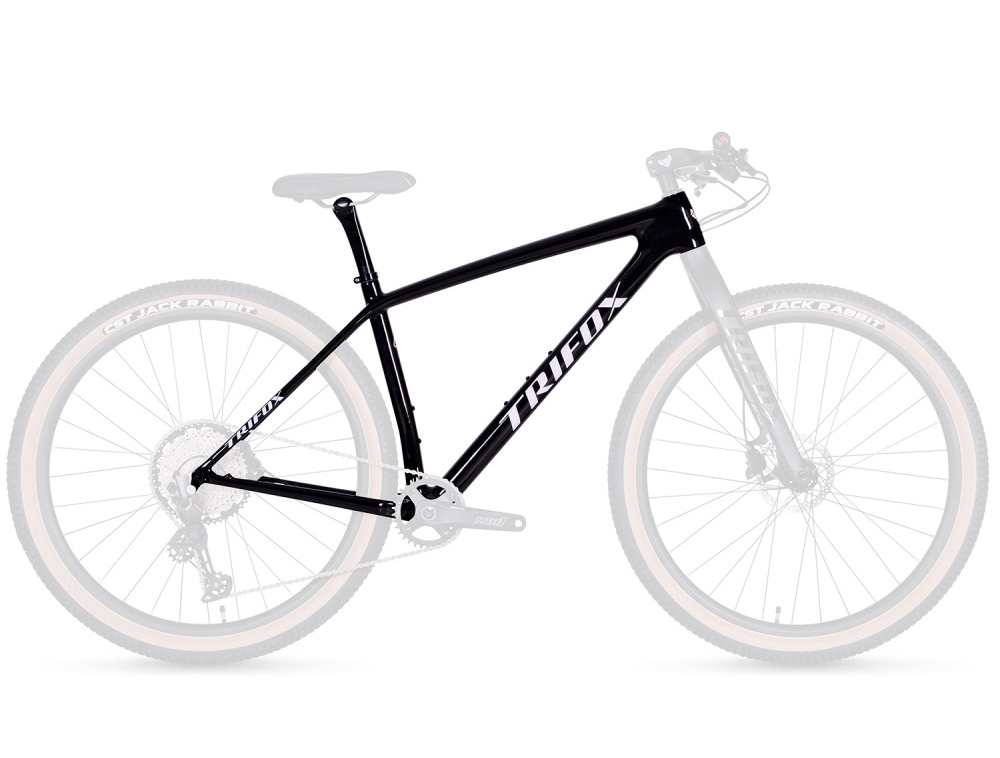
Conclusion
Ultra-light frames, such as the Trifox Lightweight Carbon MTB Hardtail Frame BOOST SDY20, are the ultimate choice for serious cyclists due to their ability to enhance speed, acceleration, handling, and comfort. By reducing weight without compromising durability, these frames allow riders to achieve greater performance, especially on challenging terrain. Whether you're climbing steep hills, sprinting on flats, or navigating technical trails, the benefits of an ultra-light frame are undeniable. For any cyclist looking to take their performance to the next level, investing in an ultra-light carbon fiber frame is a smart choice that pays dividends in speed, agility, and endurance.
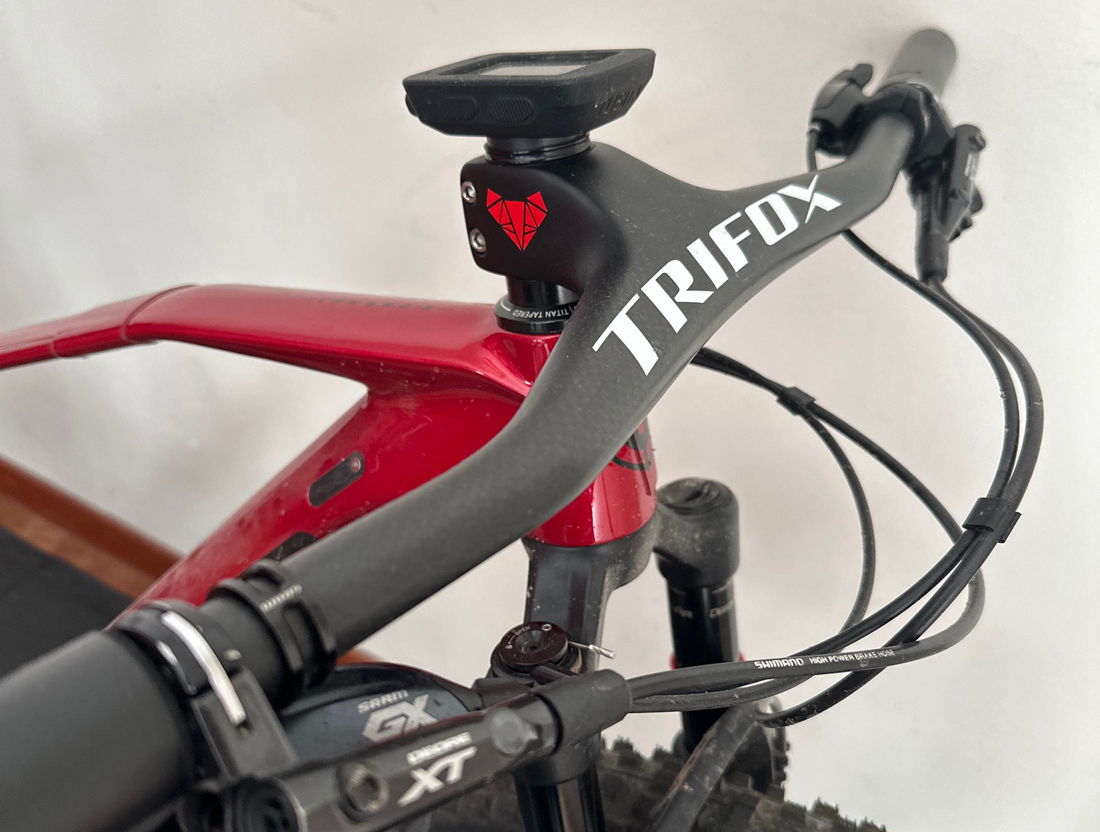
Mountain biking is all about performance, and every aspect of your bike can make a difference—whether it’s your tire choice, frame design, or the handlebars that you use. Aerodynamic handlebars, such as those found in cutting-edge MTB designs, are an often overlooked but powerful component in optimizing your ride. But how exactly can these handlebars improve your MTB performance? Let’s explore the benefits.
1. Reduced Air Resistance for Faster Rides
Aerodynamic handlebars are designed to minimize drag, the resistance caused by air friction. On the trail, especially at higher speeds, every little bit of drag counts. By reducing wind resistance, aerodynamic handlebars allow riders to conserve energy and maintain higher speeds with less effort. This is particularly beneficial on flat sections of the trail or during fast descents, where maintaining speed is crucial. A sleek, integrated design reduces the surface area exposed to wind, helping you cut through the air more efficiently.
For example, the **Trifox Carbon Integrated Handlebar RHB200**, made of high-quality carbon fiber, not only reduces drag but also integrates the stem and handlebar into a single unit. This creates a seamless design that eliminates the gaps and bulges typically found in traditional setups, further improving aerodynamics.
2. Improved Handling and Stability
Aerodynamic handlebars aren’t just about reducing air resistance—they also contribute to better handling and stability, which is vital for off-road riding. Many modern aerodynamic handlebars have a more ergonomic shape, offering a better grip and more control over the bike, especially when navigating rough terrain. The streamlined design also reduces weight, making the bike feel more responsive and agile.
The Trifox RHB200 features a compact, lightweight design that enhances control while riding through technical sections. Less weight means less inertia, allowing you to respond quicker to changes in terrain or obstacles, improving overall stability and comfort on the trail.
3. Enhanced Comfort on Long Rides
Long-distance riders know how much comfort matters. Aerodynamic handlebars like the **Trifox Carbon Integrated Handlebar RHB200** are designed to reduce the strain on your arms and shoulders, which can be especially important during longer rides. The ergonomic shape of the handlebars allows for a more natural hand position, helping to reduce fatigue over time. The lighter weight of carbon fiber also means less effort to keep the bike steady, which is crucial when spending hours in the saddle.
For mountain bikers who are tackling challenging trails or going for endurance rides, comfort is key to maintaining performance. With aerodynamic handlebars, you can ride longer without feeling the aches and pains that come with subpar handlebars.
4.Increased Durability and Strength
Many high-end aerodynamic handlebars are made from carbon fiber, known for its combination of lightweight properties and high durability. Not only does this material contribute to a better aerodynamic profile, but it also enhances the strength and longevity of the handlebars. For mountain bikers who push their bikes to the limit on rugged trails, durability is a must.
The Trifox RHB200 is a prime example of how advanced materials and engineering can create a handlebar that is both aerodynamic and highly durable. The carbon construction can withstand rough handling and impacts, ensuring that the handlebars maintain their integrity throughout countless rides.
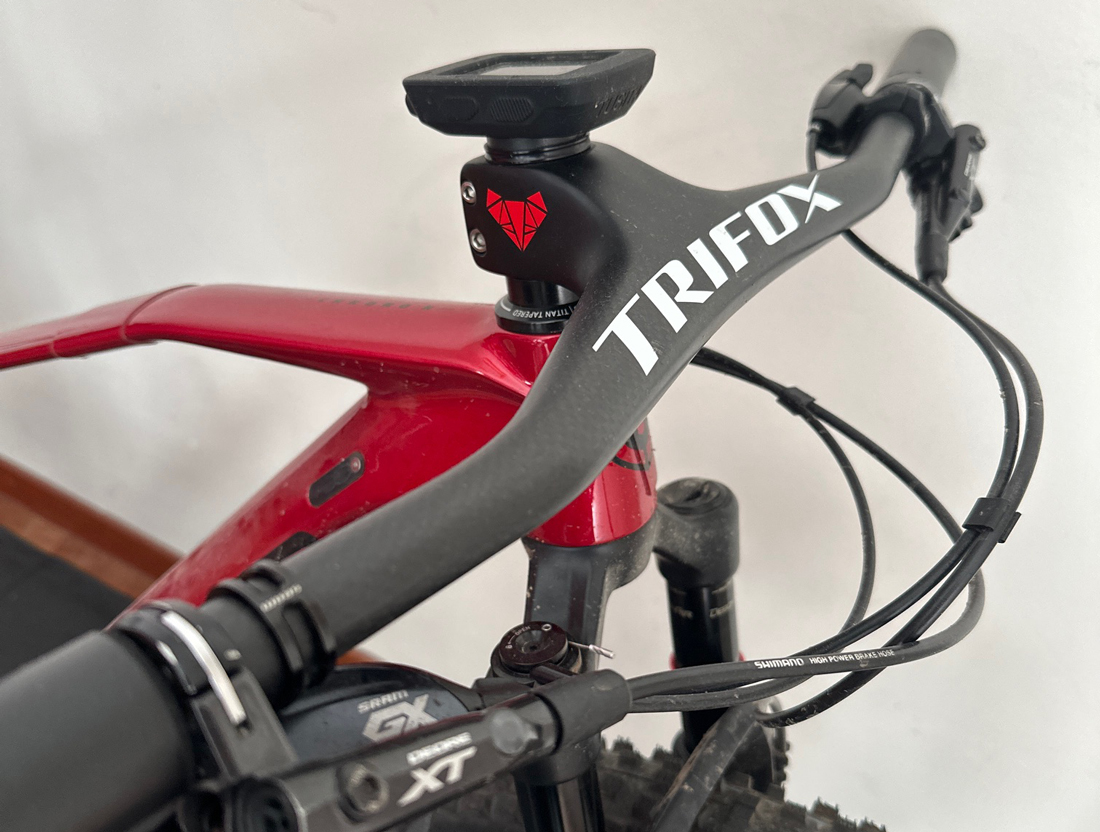
Conclusion
Aerodynamic handlebars, such as the Trifox Carbon Integrated Handlebar RHB200, offer more than just a sleek look. They can significantly improve your MTB performance by reducing air resistance, improving handling and stability, enhancing comfort, and providing long-lasting durability. Whether you're chasing speed on flat stretches or navigating technical terrain, these handlebars offer the edge you need to enhance your riding experience. For serious mountain bikers looking to optimize their setup, switching to aerodynamic handlebars is an investment that can pay off in spades.
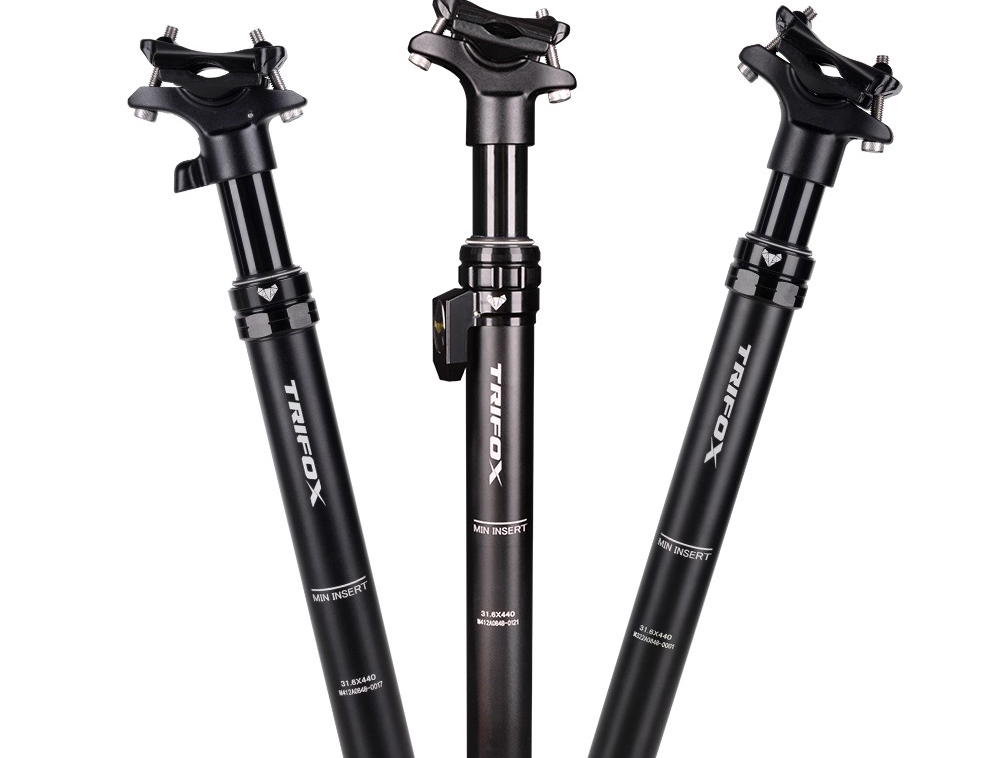
Cycling is not only a fun and efficient way to get around, but it's also a fantastic workout. Whether you're a commuter, a weekend rider, or a seasoned athlete, having the right accessories can significantly improve your comfort, control, and overall cycling experience. Here’s a rundown of essential bicycle accessories every cyclist should consider for better comfort and control on the road or trail.
1. Cycling Gloves
Cycling gloves are a must-have for comfort and control. They provide grip, which is crucial for handling the handlebars securely, especially during longer rides or in challenging weather conditions. Gloves with padding also help to reduce pressure on your palms, minimizing numbness and discomfort during long rides. Additionally, many cycling gloves feature moisture-wicking fabric to keep your hands dry, and some models even offer touchscreen-compatible fingertips so you can use your phone without removing them.
2. Saddle and Seat Cushion
The saddle is one of the most important components of a bicycle when it comes to comfort. An uncomfortable seat can quickly turn a pleasant ride into an agonizing experience. Consider upgrading to a saddle that fits your body type and riding style. If you're a commuter or a recreational rider, a more cushioned seat might be the way to go. For those tackling longer rides or more intense cycling, a performance-oriented saddle with a cut-out for pressure relief may provide the best balance of comfort and support.
Adding a seat cushion or padding is another great option, especially for riders who need a bit more comfort without sacrificing performance. Many cycling-specific seat cushions are designed to provide extra padding while remaining lightweight and breathable.
3. Pedals and Cleats
Pedals and cleats are critical for efficient power transfer and control. Upgrading to clipless pedals (those that attach to cleats on your shoes) can improve your pedaling efficiency by allowing you to both push down and pull up on the pedals. This can make a significant difference, especially during longer rides or when climbing hills.
If clipless pedals aren't your style, ergonomic platform pedals can also provide a more comfortable and controlled ride. These often feature larger surfaces, better grip, and sometimes additional cushioning to reduce pressure on the feet.
4. Handlebar Tape or Grips
Handlebar tape or grips are essential for ensuring a comfortable and controlled ride. For road cyclists, a padded handlebar tape can provide a better grip and reduce vibrations from the road, which can lessen fatigue during long rides. On the other hand, mountain bikers or casual cyclists might opt for ergonomic grips, which help reduce hand strain and provide extra control when navigating rough terrain. Both options are available in various materials, such as cork, foam, or gel, which cater to different preferences for comfort and grip.
5. Water Bottle and Cage
Staying hydrated during a ride is crucial, and a good water bottle and cage are essential accessories to ensure you can easily access water while cycling. A bottle with an ergonomic design can fit comfortably in your hand and be easy to drink from, while a quality cage keeps your bottle secure but easy to remove when needed. Consider looking for lightweight, durable options that won't add unnecessary weight to your bike.
6. Lights and Reflectors
Safety is key when cycling, particularly when riding in low-light conditions or at night. A front light illuminates your path, while a rear light increases your visibility to others, especially in traffic. Additionally, adding reflectors to your bike and clothing can improve your visibility to drivers and other cyclists. Many modern bike lights come with rechargeable batteries and are designed to be compact and lightweight, making them easy to attach and remove.
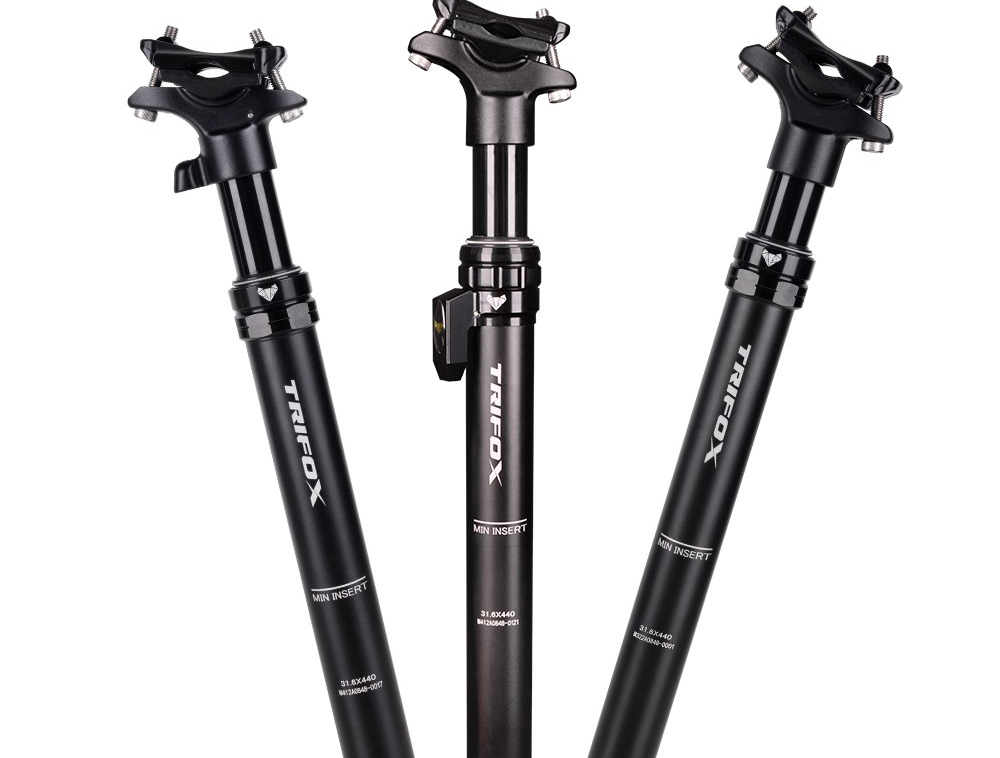
Conclusion
While cycling can be a simple and enjoyable activity, the right accessories can make a significant difference in both comfort and control. From padded gloves and ergonomic saddles to efficient pedals and safety lights, investing in quality bike accessories not only enhances your experience but also helps protect your body and improve your performance. Whether you're just starting out or you're a seasoned rider, these essentials will help make every ride more enjoyable and safer.
For more information on high-quality cycling accessories, check out the wide selection of Trifox Bike bicycle accessories, where comfort and performance meet innovation.

In the world of cycling, performance and weight are always at the forefront of a cyclist’s mind. Whether you're an avid racer or a weekend rider, the quest for a faster, smoother, and lighter ride never ends. Among the innovations that have revolutionized the sport, carbon bike frames have emerged as one of the most significant advancements in lightweight cycling.
Known for their superior strength, reduced weight, and enhanced riding experience, carbon frames are becoming the go-to choice for riders across all disciplines. In this blog post, we’ll explore why carbon frames are the future of lightweight cycling and why they may be the perfect choice for your next bike upgrade.
1. Incredible Strength-to-Weight Ratio
One of the primary reasons cyclists turn to carbon frames is their unmatched strength-to-weight ratio. Carbon fiber is incredibly strong yet extremely lightweight, making it the ideal material for bike frames. In fact, carbon frames are often much lighter than their aluminum and steel counterparts without sacrificing durability or performance. This is especially important for competitive cyclists, where every gram saved can translate into faster speeds and improved race times.
The lightweight nature of carbon frames makes climbing hills and accelerating on flat terrain significantly easier. Whether you’re racing up steep inclines or pushing the limits on a time trial, a carbon frame provides the responsiveness and agility needed to optimize your cycling performance. The lighter weight of the bike means less energy is required to propel it forward, allowing for more efficient cycling overall.
2.Superior Stiffness and Power Transfer
Another compelling reason to choose carbon frames is the stiffness they offer, which results in enhanced power transfer. When you pedal, the energy you generate needs to be efficiently transferred through the frame to the wheels. Carbon frames excel at this by offering a stiffness that allows for optimal power transfer, meaning more of your effort goes directly into speed, rather than being absorbed by the frame.
This feature is particularly important for road racers and cyclists who demand the highest levels of efficiency from their bikes. Carbon frames can be engineered to deliver stiffness where it’s needed most, such as in the bottom bracket area (where the pedals attach), while still providing enough flexibility in other parts of the frame to absorb vibrations from the road. This balance between stiffness and comfort is one of the reasons carbon frames are so highly regarded in competitive cycling.
3. Customization for Specific Riding Needs
Carbon fiber is highly customizable, allowing manufacturers to design frames that cater to a wide variety of cycling disciplines. Whether you're looking for a frame that prioritizes aerodynamics for road cycling or one that offers shock absorption for mountain biking, carbon can be molded to meet specific needs.
Trifox, for example, offers a range of carbon bike frames that are designed for various types of cycling, from lightweight road frames to more durable mountain bike frames. The ability to fine-tune the composition and structure of the frame ensures that carbon frames can meet the demands of any rider, no matter their discipline or riding style. This level of customization makes carbon frames the perfect choice for cyclists who are serious about performance.
4. Vibration Damping for a Smoother Ride
A key advantage of carbon frames is their ability to dampen road vibrations. Unlike aluminum or steel, which can transmit vibrations directly through the frame to the rider, carbon fiber naturally absorbs and dissipates these shocks. This leads to a smoother, more comfortable ride, especially on rough or uneven surfaces.
For long-distance cyclists, this means less fatigue and more comfort over time, while for racers, it can lead to a more controlled ride at high speeds. Carbon’s ability to reduce road buzz allows cyclists to focus on their performance without being distracted or uncomfortable due to vibrations.
5. Durability and Longevity
While carbon frames are lightweight and thin, they are also incredibly durable. Modern carbon frames are designed with multiple layers of carbon fiber, arranged in a way that makes them resistant to cracking and damage. They can withstand impacts better than one might expect from such a light material, and advancements in carbon technology continue to improve their resilience and lifespan.
Carbon frames are also more resistant to corrosion than metal frames, which means they can last for many years with proper care and maintenance. This longevity makes carbon frames a good long-term investment for serious cyclists who want to get the most out of their bike.
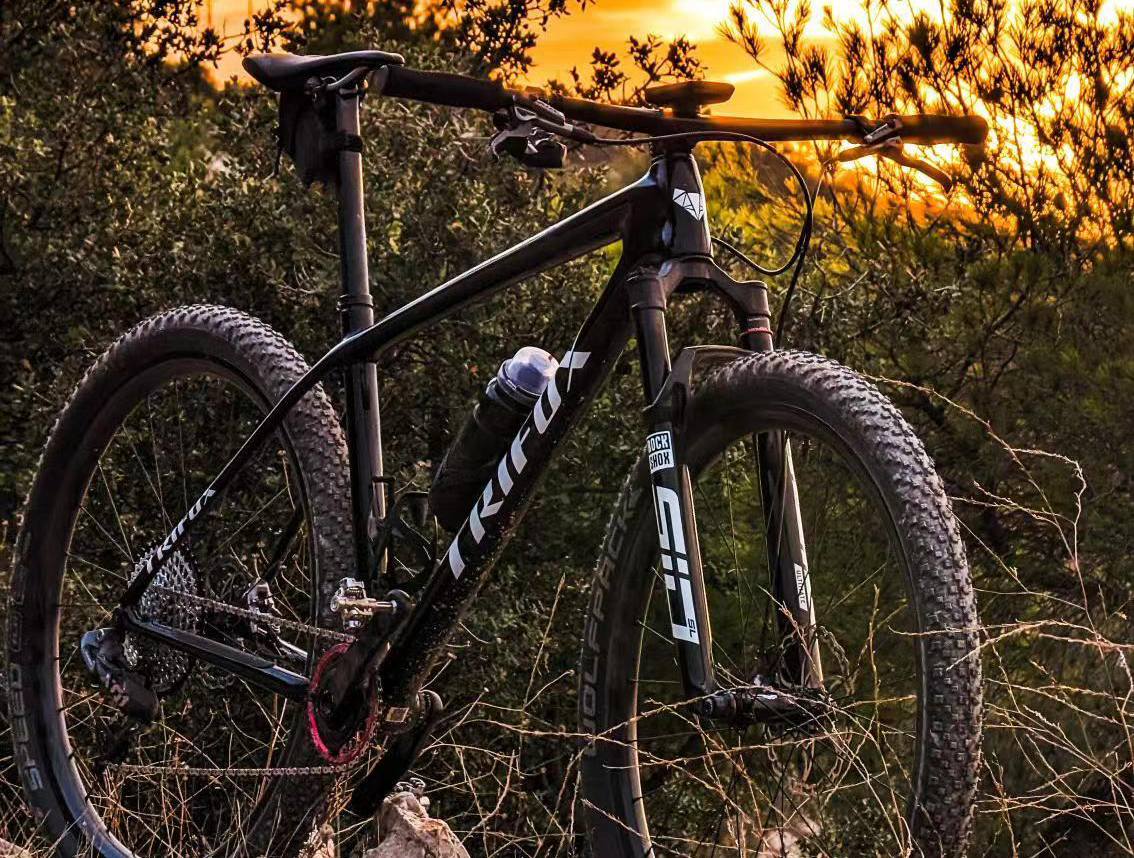
In the world of cycling, where every advantage counts, carbon frames stand out as the future of lightweight cycling. Their combination of strength, lightweight construction, stiffness, vibration damping, and durability makes them the ideal choice for cyclists who want to maximize performance and comfort. Whether you're looking to shave off those extra grams in a race or simply want a bike that offers the best in speed and handling, a carbon frame is an investment that can take your cycling experience to the next level.
As technology continues to evolve, carbon frames will only become more refined, offering even greater performance benefits. If you're serious about cycling, it’s clear that carbon frames are the future—and they might just be the perfect upgrade for your next bike.
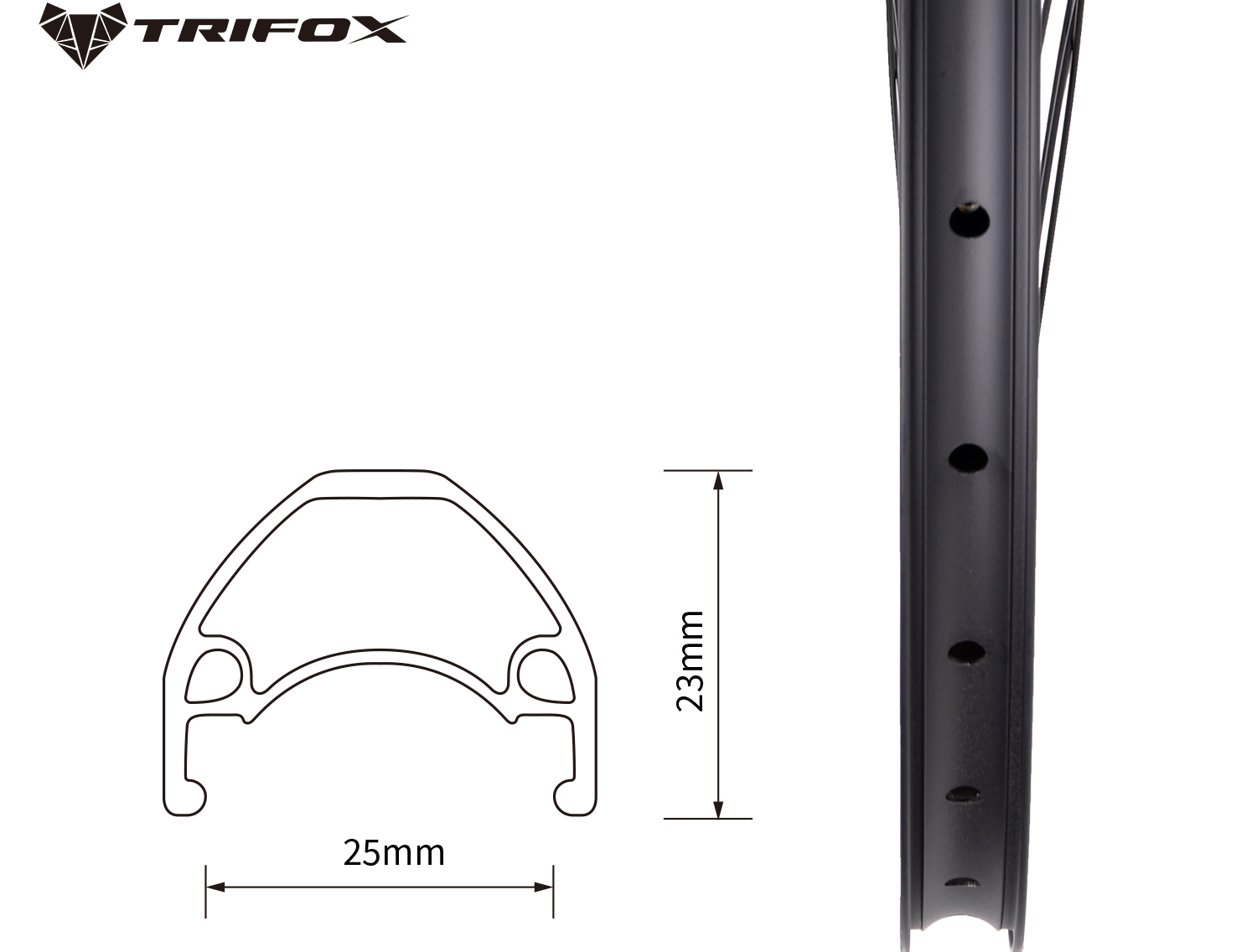
When it comes to upgrading your bicycle, few components make as significant an impact as your wheels. Among the most popular options, alloy series wheels have become a go-to choice for cyclists seeking a balance of performance, durability, and value. Whether you're an amateur rider, a seasoned racer, or someone who enjoys long rides on varied terrains, alloy wheels can elevate your cycling experience.
1. Durability and Strength
One of the main reasons cyclists opt for alloy wheels is their impressive durability. Alloy wheels are made from a blend of metals such as aluminum, which is known for its strength-to-weight ratio. These wheels are designed to withstand the wear and tear of regular riding, from the bumps of rough terrain to the pressure of high-speed rides. Compared to traditional steel wheels, alloy wheels are significantly lighter and more resistant to corrosion, meaning they'll last longer and maintain their integrity even in harsh conditions.
Whether you’re riding on rugged mountain trails or navigating urban streets, alloy wheels provide the strength you need without adding excessive weight to your bike. This durability makes them ideal for riders who want reliable performance without constantly worrying about replacing or repairing their wheels.
2. Lightweight for Better Performance
Weight is a critical factor when it comes to cycling performance. Alloy wheels are lighter than their steel counterparts, which translates into a better ride quality. When your wheels weigh less, it takes less energy to accelerate and maintain speed, improving your overall efficiency. This is particularly noticeable in competitive cycling, where every ounce counts. The reduced weight also enhances maneuverability, allowing you to navigate corners and obstacles with ease.
Cyclists who participate in road cycling, mountain biking, or triathlons can greatly benefit from alloy wheels’ lightweight properties. They help improve both speed and handling, contributing to a smoother and faster ride.
3. Affordability Without Sacrificing Quality
Another major benefit of alloy series wheels is the affordability they offer. While high-end carbon fiber wheels can provide excellent performance, they often come with a hefty price tag. Alloy wheels, on the other hand, deliver comparable benefits in terms of strength, durability, and performance at a much more reasonable price.
For recreational cyclists or those just getting started in the sport, alloy wheels offer an accessible yet high-performance option. They provide exceptional value for the money, allowing cyclists to enjoy a significant upgrade to their bike without breaking the bank.
4. Versatility for Various Riding Conditions
Alloy wheels are versatile and suitable for a wide range of cycling disciplines. From mountain biking to road cycling, alloy wheels can be customized to suit your needs. Whether you're tackling rough terrain with a fat-tire mountain bike or cruising on a lightweight road bike, alloy wheels are designed to handle it all.
Manufacturers like Trifox offer alloy wheels that are tailored to specific types of riding, ensuring that you get the best performance for your style. For instance, you can find alloy wheels designed for aerodynamics, as well as models made for shock absorption in off-road conditions. This versatility makes alloy wheels an attractive option for cyclists who enjoy exploring different types of riding.
5. Improved Braking Performance
Alloy wheels are also known for their ability to improve braking performance, especially when paired with quality brake pads. Their strong structure and smooth surface make it easier for the pads to grip, leading to more responsive and effective braking. This is an important factor for cyclists who ride at high speeds or in challenging conditions, where precise braking can be the difference between safety and danger.
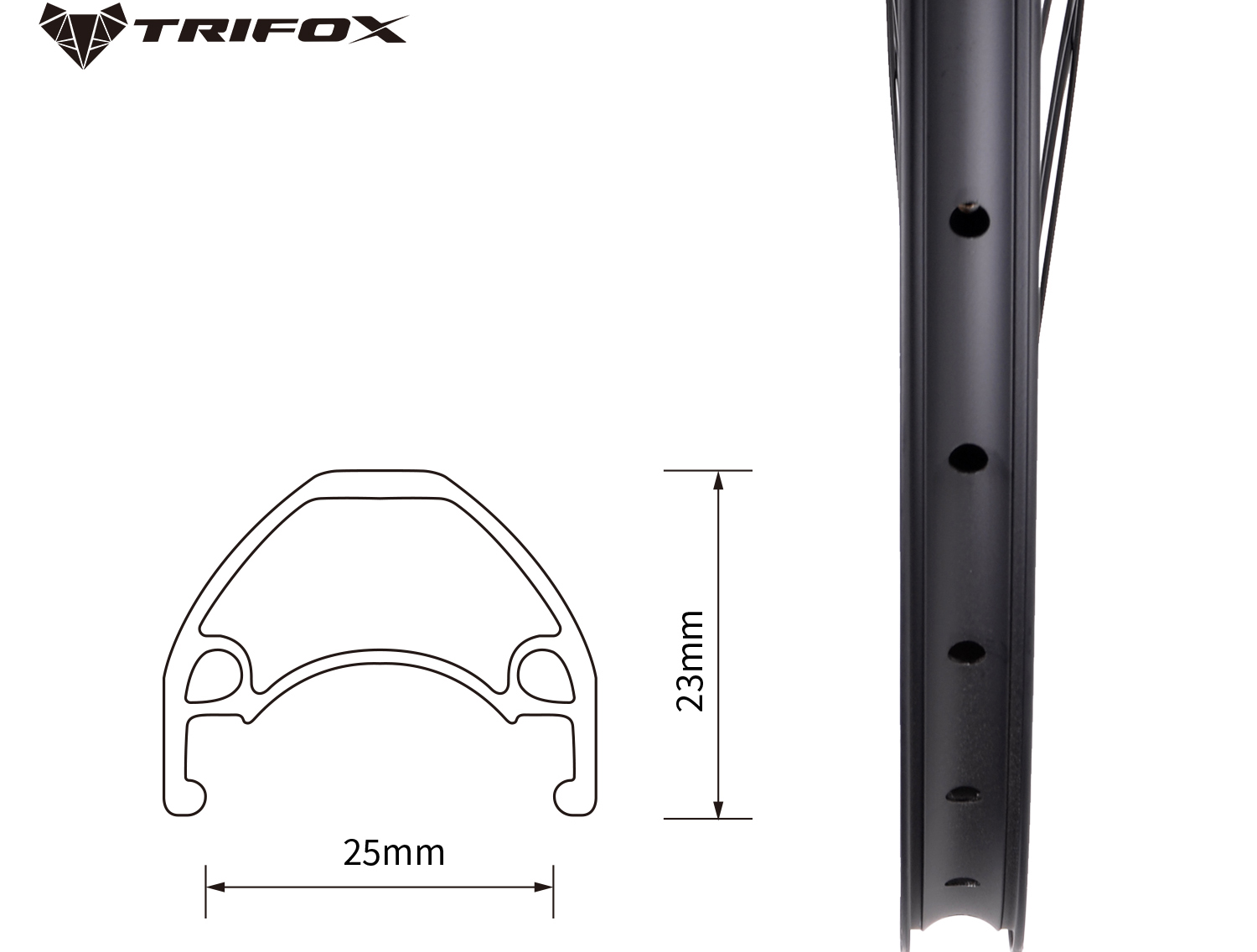
In summary, alloy series wheels offer a combination of durability, performance, lightweight design, and affordability that makes them a fantastic choice for cyclists of all levels. Whether you're looking for an upgrade to your current ride or building a new bike from scratch, alloy wheels are a reliable and cost-effective solution that enhances your cycling experience. So, if you're considering a new set of wheels for your bike, alloy wheels might just be the perfect fit.
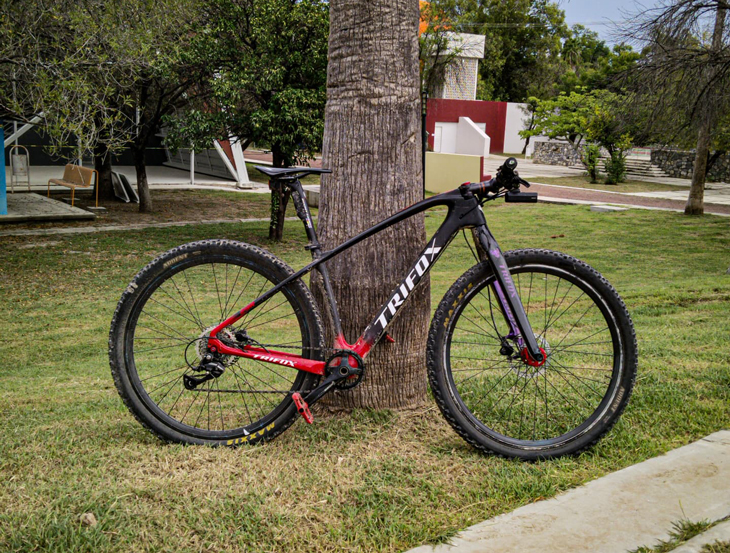
Cycling against the wind can be one of the most challenging—and frustrating—aspects of road biking. Whether you're training for an event, commuting, or just out for a leisurely ride, battling wind resistance requires strategy, technique, and the right mindset. While you can't control the weather, there are several strategies you can use to make riding against the wind more manageable and even enjoyable. Let’s explore the best techniques for tackling headwinds.
1. Lower Your Profile
One of the most effective ways to combat wind resistance is by lowering your body profile. The more of your body exposed to the wind, the harder it is to push forward. By adopting a more aerodynamic position, you reduce the surface area that the wind pushes against, allowing you to cut through the wind more efficiently.
- Adjust your handlebars: Drop handlebars (common on road bikes) naturally allow for a lower position, but you can further lower your stance by dropping your elbows and getting as close to the bike as possible.
- Tuck your elbows: Keep your arms close to your body and avoid flaring them out. This minimizes wind resistance and helps you maintain a more efficient position.
- Lower your head: Try not to raise your head too much. Keeping your head low and your eyes on the road will reduce drag and allow you to cut through the wind more effectively.
2. Use Your Gears Wisely
Wind can be physically exhausting, especially if it’s a strong headwind. To make things easier, make sure to use your bike’s gears effectively to maintain a steady cadence. You’ll need to shift to an easier gear to keep your legs moving smoothly, avoiding muscle fatigue.
- Shift early: Before you start feeling the full force of the wind, shift to an easier gear so that you don’t struggle to maintain your pace.
- Maintain a high cadence: Aim for a cadence of around 90-100 RPM (revolutions per minute) to avoid over-exerting your muscles. Pedaling quickly with less force is far more efficient than pedaling slowly with heavy force.
3. Stay Relaxed
One of the worst things you can do when cycling against the wind is to tense up. Tensing your muscles will drain your energy much faster, making it harder to sustain your effort. Instead, try to stay relaxed and maintain a steady rhythm.
- Relax your upper body: Keep your shoulders, arms, and hands relaxed to avoid unnecessary muscle strain. A stiff body requires more energy to move.
- Focus on your breathing: Take deep, controlled breaths to ensure your muscles get enough oxygen and you don’t get fatigued too quickly.
4. Use Drafting to Your Advantage
If you're riding with others, drafting is a great way to reduce the amount of wind resistance you face. By riding closely behind another cyclist, you can take advantage of their slipstream, which reduces the drag you experience and makes it easier to maintain speed.
- Stay close but safe: The optimal distance for drafting is about 1-2 bike lengths behind the lead rider. Too close and you risk a crash, too far and you lose the benefits of the slipstream.
- Switch positions: If you’re riding in a group, make sure to take turns leading so that everyone can share the effort of battling the wind.
5. Pacing and Energy Conservation
Riding into a headwind can quickly deplete your energy reserves, so it’s important to pace yourself and conserve energy where possible. If you push too hard early on, you’ll burn out before you reach your destination.
- Set a sustainable pace: Find a rhythm that allows you to keep a steady effort without exhausting yourself too quickly.
- Take breaks if necessary: Don’t hesitate to take a short break if the wind is particularly strong. Even a few minutes of rest can help you recharge and continue your ride with more energy.
6. Choose the Right Gear
When preparing for a ride against the wind, ensure that your bike is suited for the conditions. A road bike with aerodynamic features, such as aero handlebars or a lightweight frame, can help you cut through the wind more efficiently.
- Lightweight gear: Choose lightweight clothing that doesn’t create unnecessary drag. Avoid loose or baggy clothing that flaps in the wind and slows you down.
- Disc wheels or deep-section rims: If you're racing or riding in very windy conditions, consider investing in a bike with aerodynamic wheels, like those found on high-performance road bikes. These wheels are designed to reduce wind resistance, making it easier to maintain speed against the wind.
7. Hydration and Fuel
Battling the wind is physically demanding, so staying hydrated and fueled is essential. Wind can sap your energy faster than you realize, and being properly fueled will help you push through.
- Hydrate regularly: Even if you don’t feel thirsty, make sure to drink small amounts of water frequently to keep your energy levels up.
- Eat energy-boosting snacks: If you’re going for a long ride, bring along energy bars, gels, or other quick carbohydrates to keep your energy levels high.
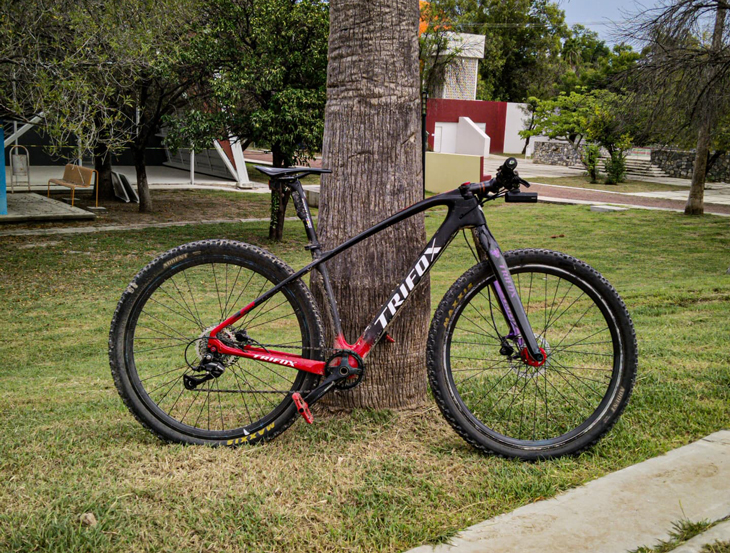
Final Thoughts
Riding against the wind can be tough, but with the right strategies, you can turn it into an opportunity for growth and skill development. By adjusting your riding position, using your gears effectively, staying relaxed, and employing techniques like drafting, you can reduce the impact of the wind and ride more efficiently. And remember, every ride into the wind is a chance to build strength, improve your stamina, and become a better cyclist overall. So next time the wind picks up, use these strategies and turn it into an advantage!

























































